Category: Assistive Technologies
-

Paralyzed patients move legs with non-surgical stimulation
UCLA and Pavlov Institute‘s transcutaneous stimulation technique helped paralyzed patients regain voluntary movement without surgery. In a recent study, 5 men, who had been paralyzed for 2-6 years, moved their own legs (with out stimulation) after several weeks of electrical stimulation, physical therapy, and an experimental drug. Transcutaneous stimulation delivers electrical current to the spinal cord,…
-
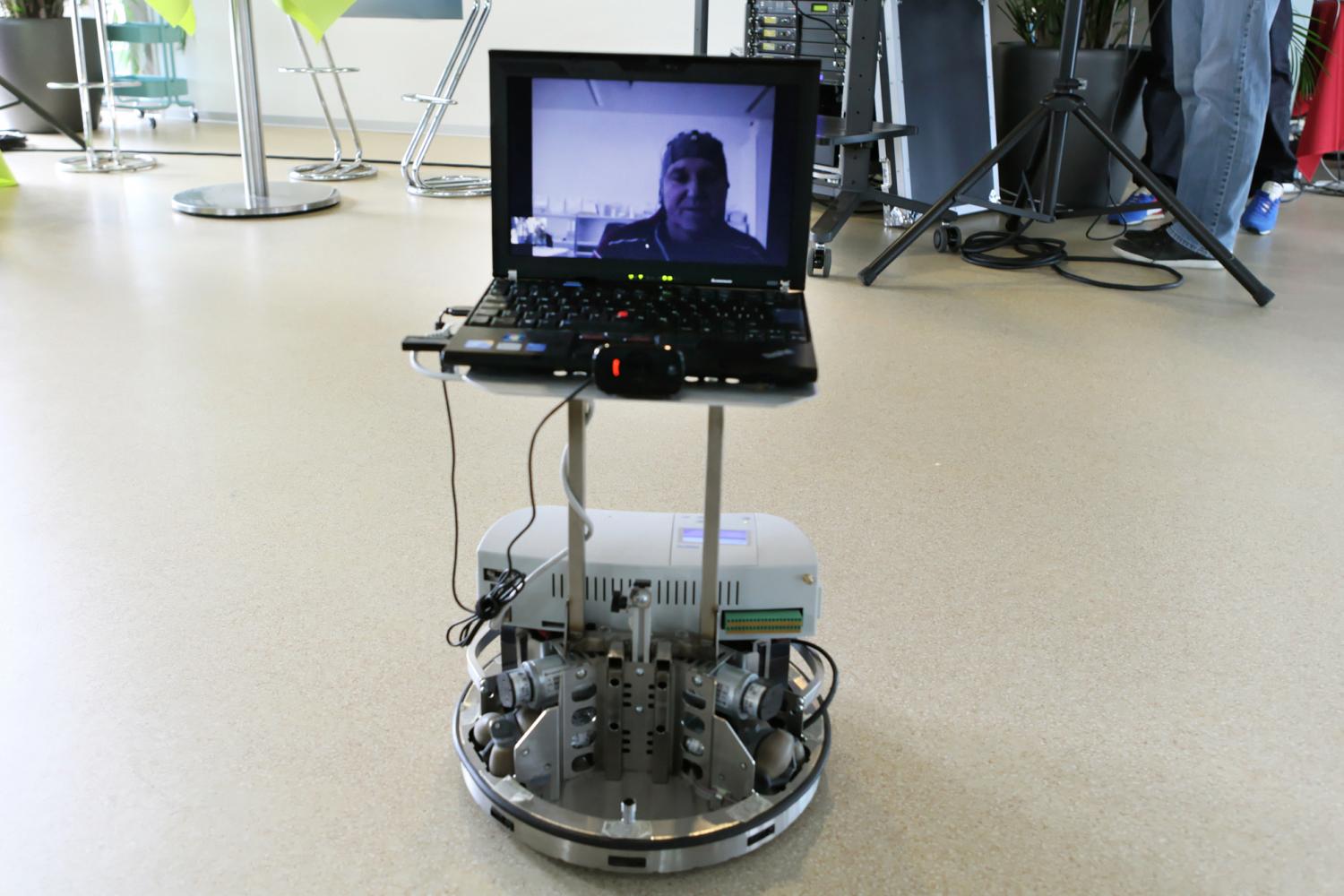
Thought controlled telepresence robot
EPFL‘s José del R. Millán is developing a brain-computer interface that allows those with paralysis or limited mobility to control telepresence robots. The goal is for the robot to assist the disabled with daily tasks, helping restore a feeling of independence. 9 disabled people, and 10 people without disabilities, from 3 countries, wore hats with…
-
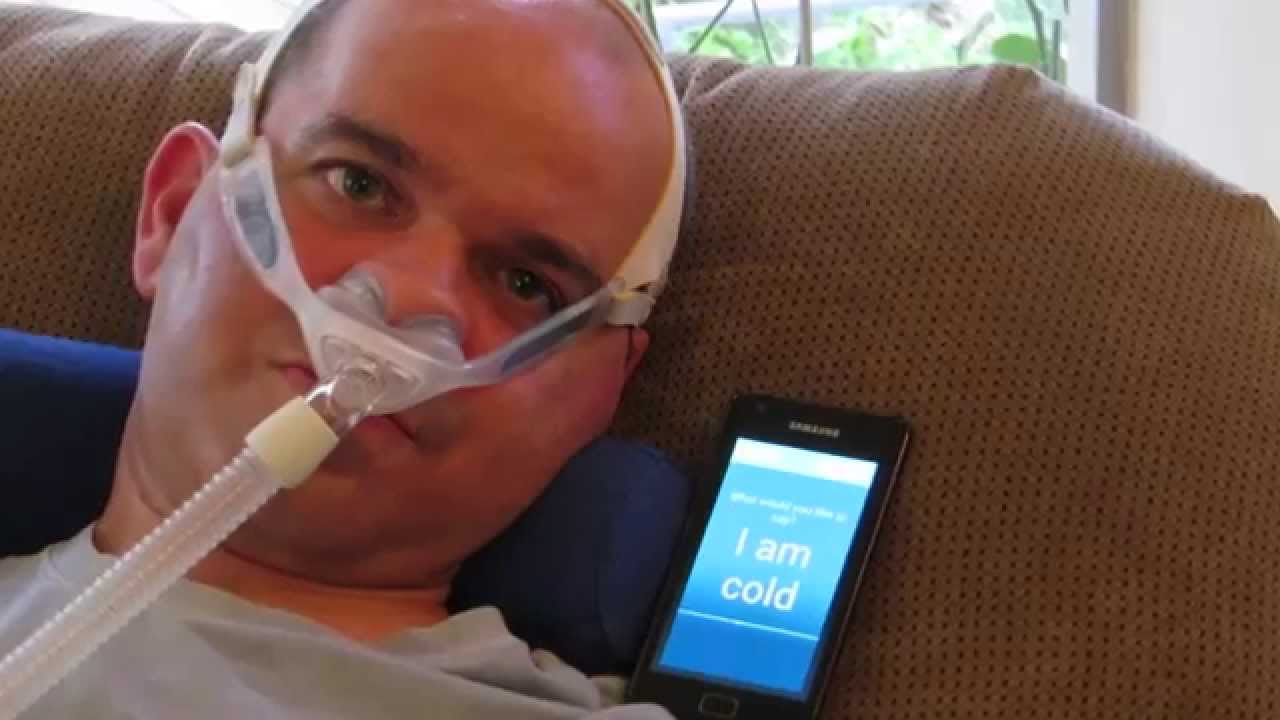
Eye controlled communication device for locked-in patients
A communication device for locked-in patients was unveiled at the BrainTech Israel conference today. Shay Rishoni is the CEO of Prize4Life, the Israel based ALS research group. He has suffered from ALS for 5 years, and is now unable to communicate. Today, on the conference stage, Shay used Hello World‘s EyeControl, a blink driven, inexpensive, automatically…
-

Gesture controlled smartphone for the disabled
Sesame is a touch-free smartphone that is controlled by very small head movements. It is being crowdfunded on IndieGogo. Head movements are tracked with a front-facing camera, and combined with computer vision algorithms to create a cursor that appears on the phone’s screen. The cursor is controlled by the position and movements of the…
-

Artificial skin detects pressure, moisture, heat, cold
MC10‘s Roozbeh Ghaffari and a team of researchers from the US and Korea have developed artificial skin for prosthetics that mimics the sensitivity of real skin. Its silicon and gold sensors detect pressure, moisture, heat and cold. It is elastic enough for users to stretch and move a bionic hand’s fingers as they would…
-
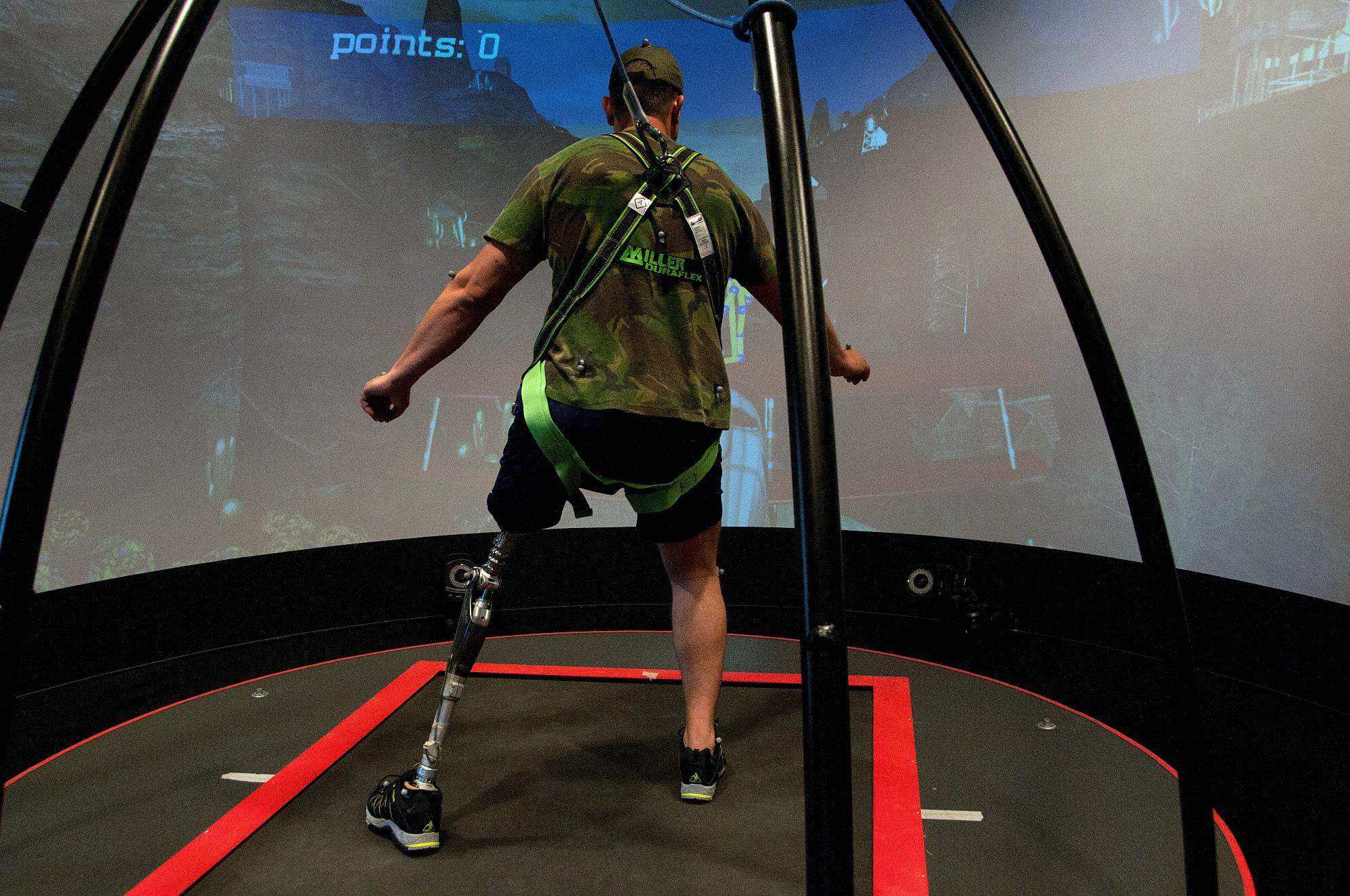
Virtual reality movement training for amputees
CAREN, developed at the University of South Florida, helps those with limb loss and prosthetics improve basic function, symmetry and walking efficiency. It is also a tool for researchers to study ways to improve mobility and balance. Wearing a safety harness and walking on a treadmill in the room-sized system, participants of a recent study engaged in audio-visual balance…
-

Robotic fingers enhance grip
MIT researchers, led by Professor H. Harry Asada, have developed a robot that enhances the grasping motion of the human hand. Worn around one’s wrist, the device works like two extra fingers adjacent to the pinky and thumb. It consists of actuators linked together to exert forces as strong as those of human fingers during…
-

Eye tracking virtual keyboard
Click2Speak is SwiftKey based software that allows users to type on a virtual keyboard using eye movements. AI technology predicts words from texts, facebook, and twitter. A camera tracks eye movement, and one can click with a foot mouse or by looking at a button for a few seconds. Founder Gal Sont, who has ALS,…
-

Israeli Make-a-thon empowers the disabled
TOM – Tikkun Olam Make-a-thon, is underway in Nazareth, Israel. In this Arab city, the hometown of Jesus, in an industrial complex built by Israeli Stef Wertheimer, makers, brain researchers, designers and physical therapists are empowering the disabled. Participants have 72 hours to build open source, affordable, working prototypes of devices and apparatus to improve…
-
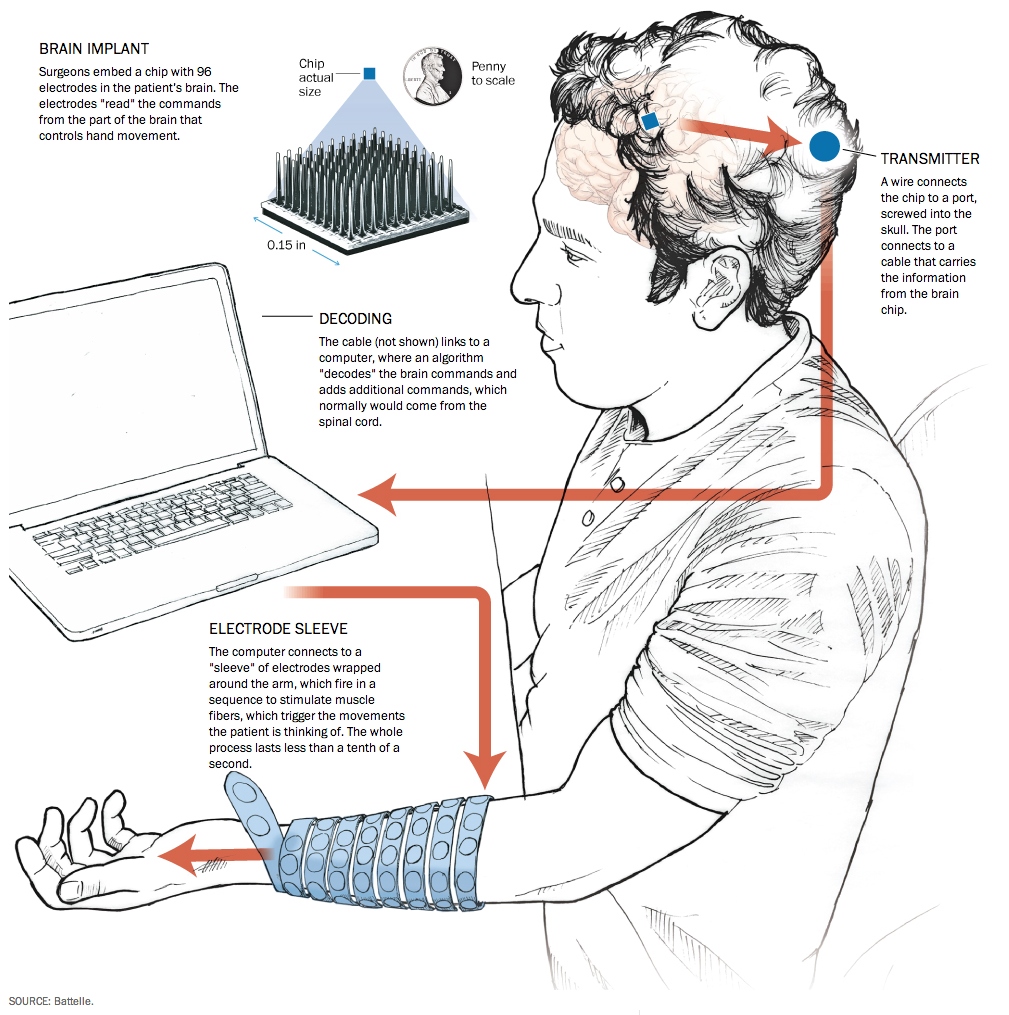
Quadriplegic moves hand with thoughts
Neurobridge, developed by Ohio State University and Battelle, enabled a paralyzed man to move his hand and fingers with his thoughts. The device is an electronic neural bypass for spinal cord injuries that reconnects the brain directly to muscles, allowing voluntary and functional control of a paralyzed limb. The experiment used a chip, implanted in…
-
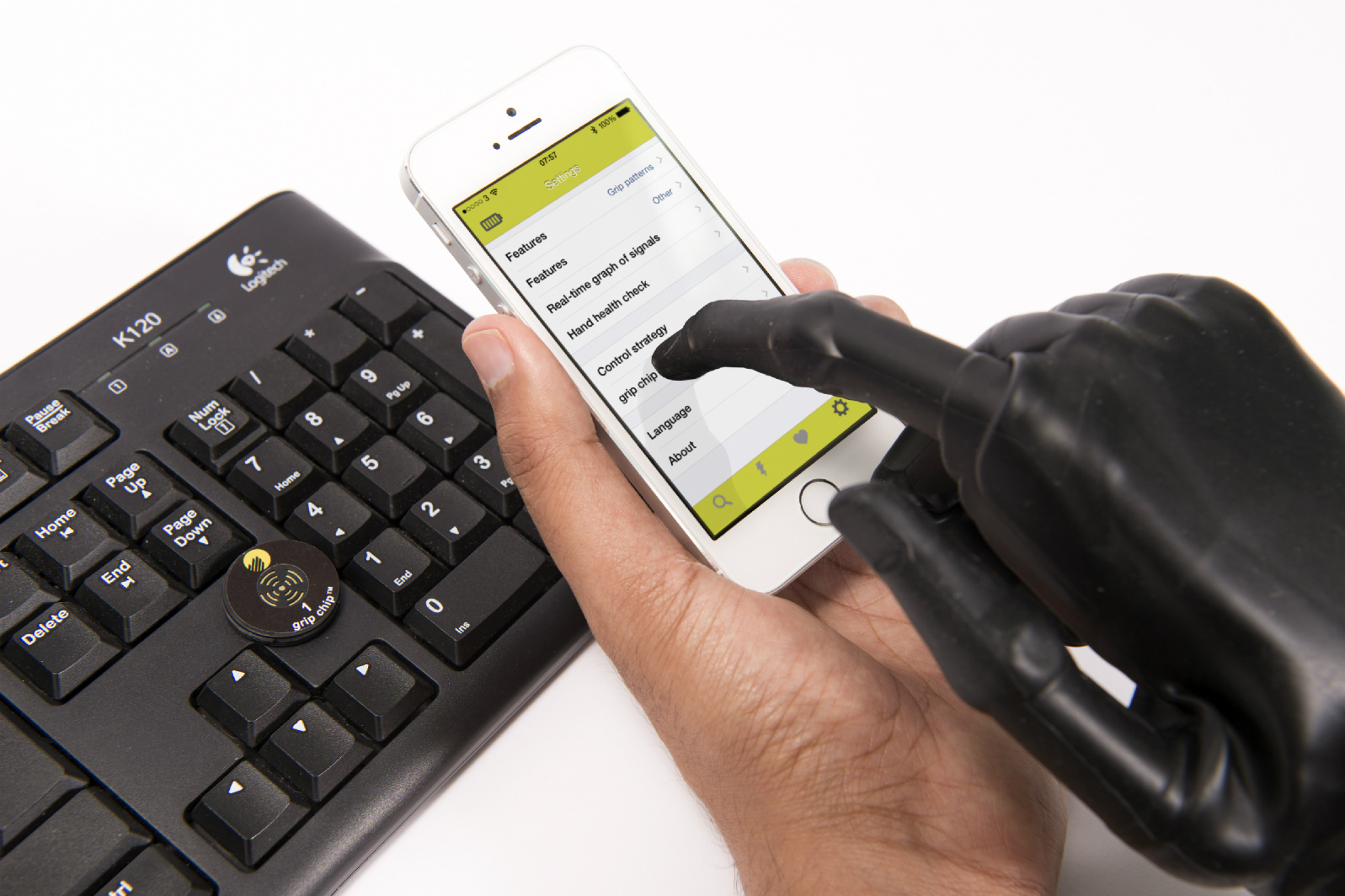
Sensor enabled prosthetic grip improvements
Touch Bionics has introduced “Grip Chips,” bluetooth enabled devices that can be attached to objects to trigger a pre-programmed grip configuration when detected by motion sensors. They are useful for triggering specific grip patterns that are used regularly, but perhaps not enough to warrant programming to the prosthetic itself for triggering via muscle movement. For example,…
-

Wearable computer creates muscle memory
Georgia Tech Professor (and Google Glass technical lead) Thad Starner has invented a wearable computer that could provide muscle memory to enable someone to play music or learn dance steps. It is based on haptic feedback, and might one day help the visually or hearing impaired learn Braille or Sign Language. In a piano-playing experiment,…